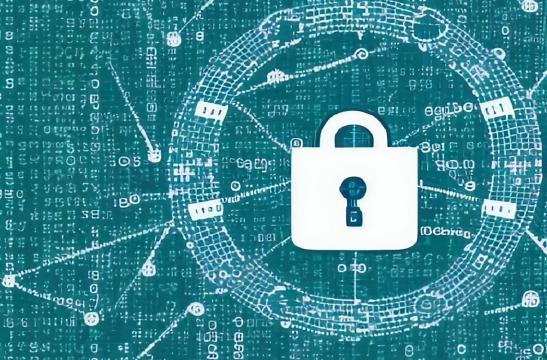Excerpt
SHA256 is a cryptographic hash function that provides security through irreversible hashing, not encryption, so it does not require a key. This provides benefits like simplicity and speed but lacks encryption capabilities.
Introduction
Data security is crucial in the digital age. Cryptographic hash functions like SHA256 play an important role in protecting sensitive information. This article will explain what SHA256 is, how it differs from encryption, and whether SHA256 requires a key for operation.
Understanding the purpose and limitations of hash functions like SHA256 allows proper usage for data integrity and security applications.
What is SHA256?
SHA256 (Secure Hash Algorithm 256) is a cryptographic hash function published by the National Security Agency (NSA) in 2001.
It is a mathematical algorithm that takes an input of any size, like a text file or password, and converts it into a fixed 256-bit (32-byte) hash value.
Some key properties of SHA256:
- Deterministic - Same input yields the same hash output
- Non-reversible - Cannot reconstruct input from hash value
- Collision resistant - Hard to find inputs with same hash
These make SHA256 highly useful for:
- Data integrity checking
- Digital fingerprints and timestamps
- Password storage
- Blockchain ledger security
For example, Git version control uses SHA256 hashes to fingerprint commits and files for change tracking.
Key-Based Encryption
Encryption is the process of scrambling readable data (plaintext) into unreadable gibberish (ciphertext), which can only be decoded with a secret key.
Common key-based encryption algorithms include:
- AES - Uses keys of 128, 192 or 256 bits for strong symmetric encryption
- RSA - Popular asymmetric algorithm based on factoring large primes
- Blowfish, RC4 - Other symmetric ciphers using keys
Proper key management is crucial for encryption security. The key space should be large enough to deter brute force attacks.
Does SHA256 Require a Key?
SHA256 does not need a key for operation. It is a cryptographic hash function, not an encryption algorithm.
Here are the key differences:
- Hashing generates a fixed-size digest from an input using a one-way function.
- Encryption scrambles data using a reversible algorithm keyed by a secret.
Hashing has no secret key and cannot be reversed. The hash acts like a fingerprint to verify data integrity and authenticity.
Encryption requires a key to allow reversible decryption later. It provides confidentiality by scrambling data so only authorized parties can read it.
So SHA256 provides security through irreversible hashing rather than encryption. This allows use cases like:
- Password storage - Storing hashes not encrypted passwords
- Blockchain - Hashing ledger transactions into an immutable chain
- File integrity - Fingerprinting files to detect tampering
Benefits of Not Having a Key
Some benefits of SHA256 not needing a key:
- Simplicity - No need to generate and distribute secret keys
- Speed - Avoids resource-intensive encryption algorithms
- Determinism - Same input always gives the same hash
These allow widespread use of SHA256 for applications like:
- Git commit fingerprinting
- Password hash storage and salting
- Cryptocurrency transaction hashing
Drawbacks of Not Having a Key
The main drawbacks of SHA256 lacking keys are:
- No encryption - Data is not encrypted, just hashed
- Brute forcible - Vulnerable to hash cracking with brute force
- Non-reversible - Cannot reconstruct input from hash value
So SHA256 alone cannot provide confidentiality for sensitive data in transit or storage. Other mechanisms like encryption need to be used in combination with hashing where needed.
Conclusion
SHA256 does not require a key for cryptographic hashing. It is not an encryption algorithm, so keys are neither necessary nor applicable.
The irreversible nature of SHA256 makes it ideal for securely verifying data integrity, passwords, blockchain transactions etc. But encryption is still needed to provide confidentiality.
Understanding the difference between cryptographic hashing and encryption allows proper usage of SHA256. Used correctly within its design parameters, SHA256 provides vital data security with performance and simplicity benefits.
Overall, the lack of keys is a positive attribute for the hash-based use cases of SHA256. But developers should not rely solely on hashing like SHA256 when strong confidentiality assurances are needed. A layered security approach using both hashing and encryption provides robust data protection.















